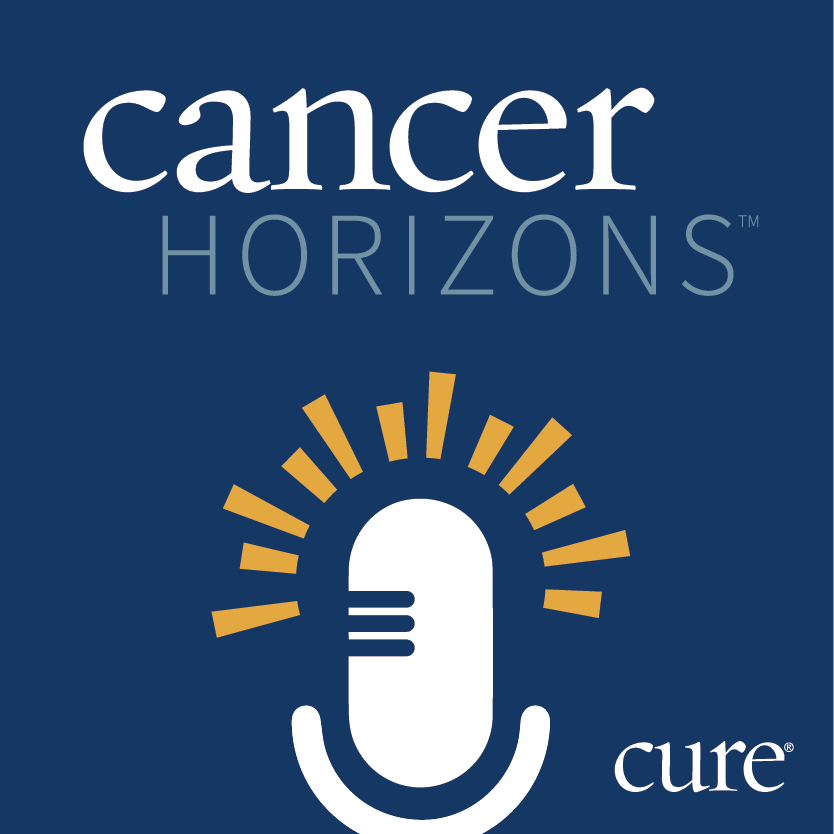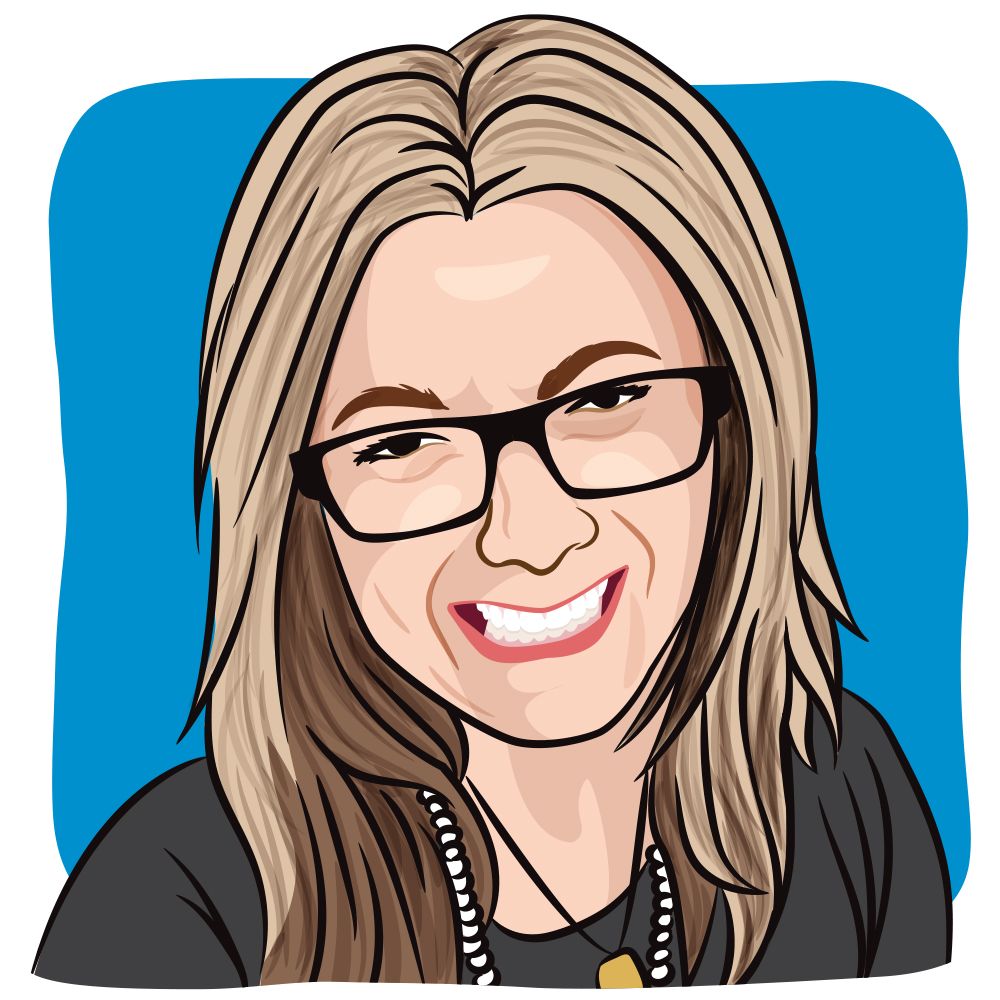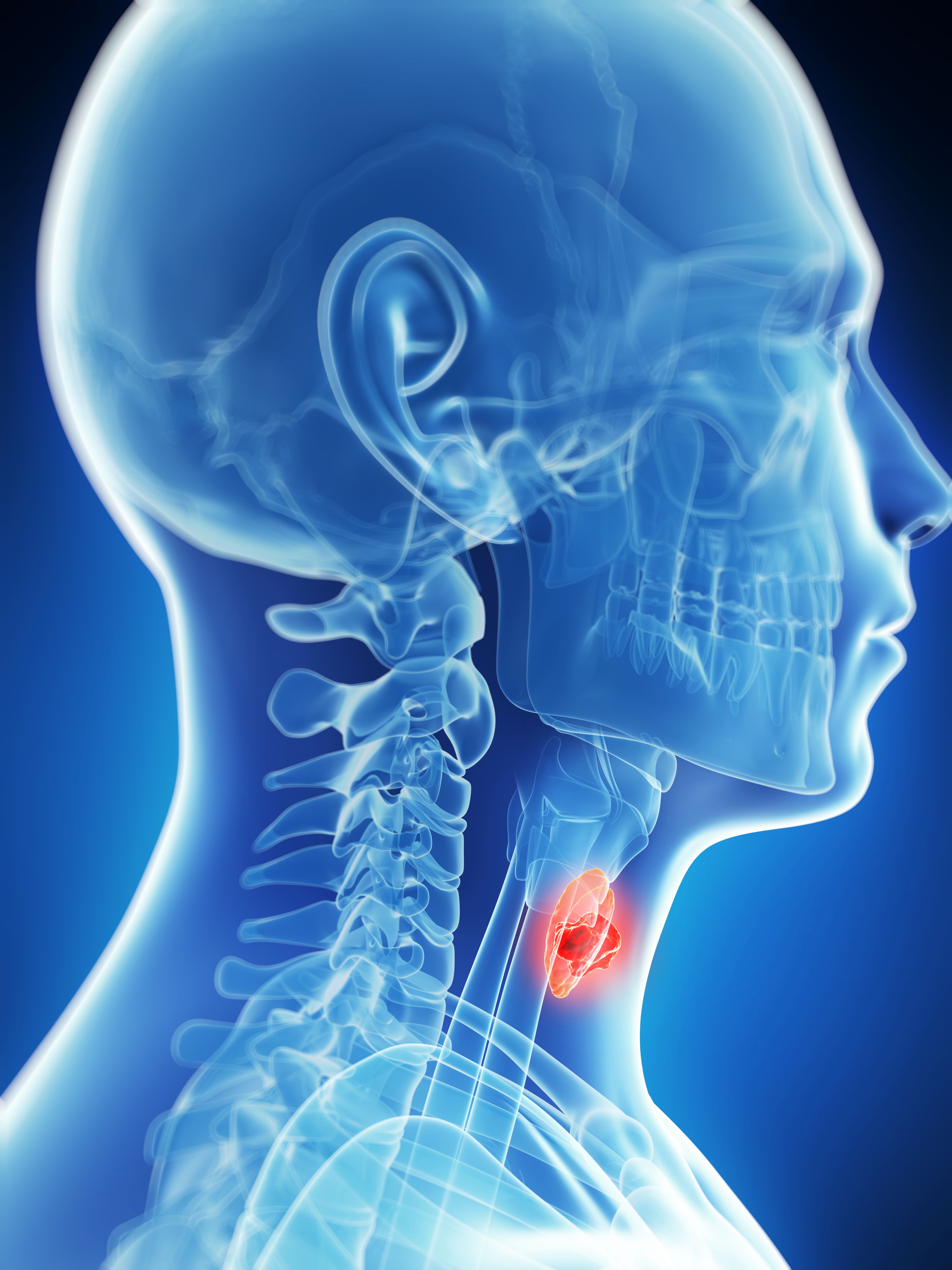Article
High-risk patients need appropriate screening, treatment and guidelines
Author(s):
CURE invited Kathleen (Kat) Werner, a breast cancer survivor, to serve as a guest blogger during the 33rd annual San Antonio Breast Cancer Symposium, December 8-12. You can read her full story here.
There is a small population of women in the world who carry a gene mutation called BRCA 1 or BRCA 2. BRCA (a simple abbreviation from the first two letters of Breast and Cancer), is not the only gene mutation that can lead to higher incidence of breast cancer.
Unfortunately, not all families that have a strong family history of breast cancer also have a known or detectable gene mutation. So, if one falls into one of these high-risk groups that either has a strong family history of breast cancer or carries a gene mutation, what are they supposed to do?
I am part of one of those families. I was diagnosed at age 31 with breast cancer, but I was aware before that time that our family line (on my mother's side) had not only a high incidence of breast cancer (I had had four aunts who had been diagnosed by the time I was diagnosed), but also that within our family line lingered this BRCA2 mutation. So, for the growing awareness clinicians have for the population of people (both men and women) who are learning they are positive for a gene mutation or are keenly aware of a strong family history of breast cancer, there is growing concern on how to treat these groups clinically.
On Wednesday at the San Antonio Breast Cancer Symposium three studies were presented that examine this growing controversy: "Evaluation of breast cancer predisposition in different clinical venues" by Sharon E. Plon, MD, PhD, from Baylor College of Medicine"Management of women with highly penetrant predisposition to breast cancer: State of the art 2010" by Susan M. Domchek, MD, University of Pennsylvania "Challenges to clinical application of new discoveries in the genetics of breast cancer predisposition" by Mark E. Robson, Memorial Sloan-Kettering Cancer CenterAll three presenters recognized that there is a vast difference in how the clinician has been handling these high-risk groups, and more evidence is needed to equip these doctors on how to deal with genetic mutation carriers.
Women are scared that their only option is that they will be asked to cut off their breasts or "rip out body parts," as one woman put it. They don't even realize that there are other prevention options and screening techniques that can give them an edge. For those who do choose prophylactic mastectomy, their risk for breast cancer is reduced by at least 90 percent. Depending on which gene mutation, some people can have a lifetime risk of developing breast cancer as high as 85 percent - this is a sobering reality. It was disappointing to learn that these studies show a huge variance not only in how these high-risk groups are being treated, but seemingly in how educated the clinicians are themselves on some of these risk factors.
If we are going to continue to discover new gene mutations, we need to turn these discoveries into a two-fold action. First, the therapies or screening techniques that can address these variations, and second, we need to make sure that consistent guidelines are being developed to keep doctors up to date on how they can save lives and equip the patient to make the best decisions for the best possible long-term outcomes.
Simply mapping genomes is not enough. Dr. Robson mentioned that the possibility of a future where each individual could have a specific mapping of family mutations or gene mutations could be on the horizon. If we do this though, are we opening up a whole other can of worms? What if we find other mutations for other areas of the body? What if we find mutations that would have never caused harm? These are complex issues that require more research, consistent reporting, standards of care and a constant ear to the individualized patient's long-term outcomes.
Kathleen "Kat" Werner is a cancer research advocate after being diagnosed with breast cancer at age 31. She travels the country and sits at the table with private and government agencies, fighting for the best treatments for newly diagnosed women and ultimately a cure for breast cancer. She lives is Blacksburg, Virginia with her husband of 11 years, Jeff, and her three young children.




